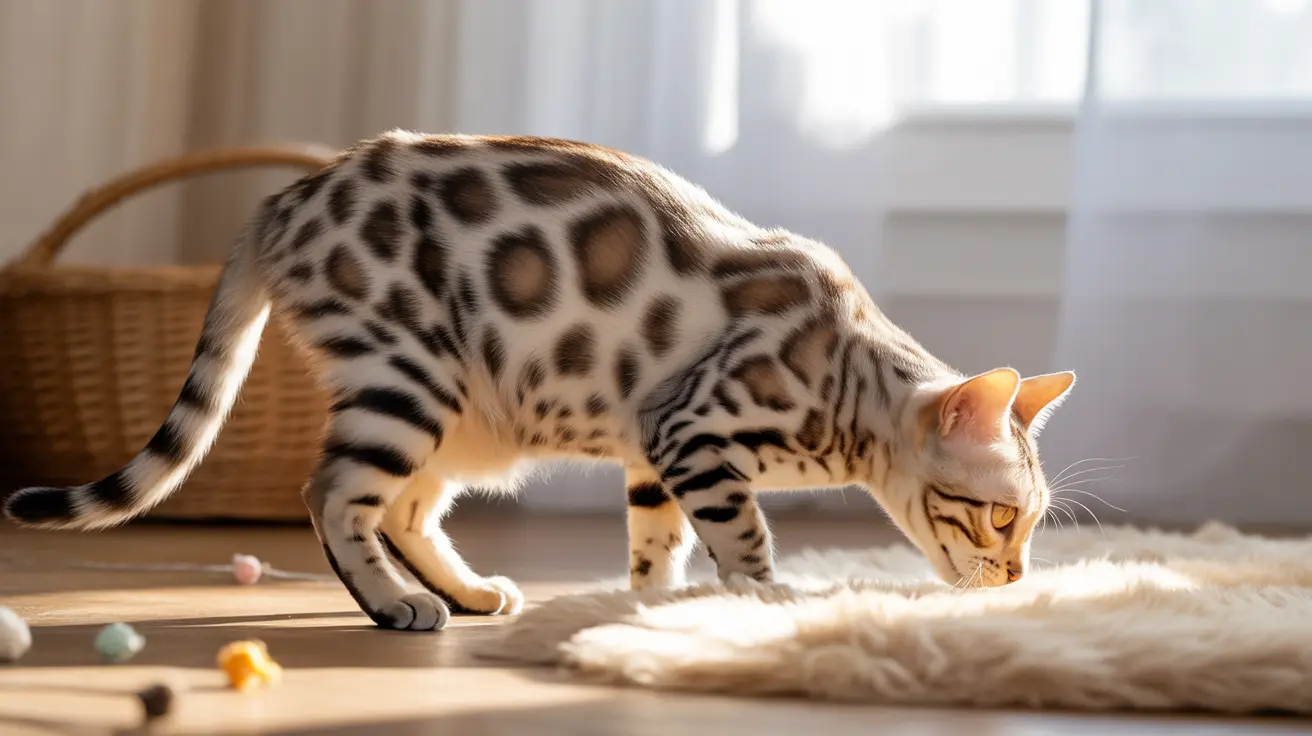Identifying pregnancy in a stray cat can be crucial for ensuring proper care and support during this delicate time. Whether you're a concerned neighbor or an animal welfare volunteer, understanding the telltale signs of feline pregnancy can help you make informed decisions about the cat's care and wellbeing.
In this comprehensive guide, we'll explore the physical and behavioral indicators that can help you determine if a stray cat is expecting kittens, along with expert advice on how to proceed with care and support.
Physical Signs of Pregnancy in Stray Cats
Visible Body Changes
The most noticeable physical changes typically begin around 3-4 weeks into pregnancy. Look for gradual weight gain, particularly in the abdominal area. A pregnant cat's belly will become increasingly round and start to sway as she walks, especially during the latter stages of pregnancy.
Nipple Changes
One of the earliest and most reliable signs of pregnancy is "pinking up" - when the cat's nipples become enlarged and take on a darker pink color. This usually occurs around 15-18 days after conception. The nipples may also become more prominent and might produce a clear discharge as the pregnancy progresses.
Behavioral Changes That Signal Pregnancy
Appetite Changes
Pregnant cats typically show increased appetite as their bodies work to support growing kittens. However, some may experience brief periods of decreased appetite early in pregnancy, similar to morning sickness in humans. Ensuring access to nutritious food is essential during this time.
Nesting Behavior
As the pregnancy advances, particularly in the final weeks, the cat may begin searching for quiet, secure spaces to give birth. She might gather soft materials or show increased interest in enclosed spaces like boxes or closets.
Timeline and Development
Cat pregnancies typically last 63-65 days. Understanding the timeline can help you prepare appropriately:
- Weeks 1-2: Few visible signs
- Weeks 3-4: Initial physical changes begin
- Weeks 5-7: Obvious abdominal swelling
- Weeks 8-9: Preparation for birth, intense nesting behavior
Supporting a Pregnant Stray Cat
If you've identified a pregnant stray cat, consider these important steps:
- Provide consistent access to fresh water and nutritious food
- Create a safe, quiet space away from other animals
- Seek veterinary care if possible
- Prepare for potential birthing assistance
Frequently Asked Questions
How can I tell if a stray cat is already pregnant, and what are the first signs to look for?
The earliest signs include "pinking up" of nipples (15-18 days after conception), followed by gradual weight gain and behavioral changes like increased appetite and decreased activity.
What should I do if I notice a stray cat showing swollen nipples or a bigger belly—does this definitely mean she's pregnant?
While these are strong indicators of pregnancy, they're not definitive proof. Other conditions can cause similar symptoms. The best course of action is to have a veterinarian examine the cat for confirmation.
How long is a cat's pregnancy, and how soon can you confirm it with a vet?
Cat pregnancy typically lasts 63-65 days. A vet can confirm pregnancy through palpation as early as 17-20 days, or through ultrasound from day 16 onward.
Are there any health risks to humans—like pregnant women—when helping a stray cat who might have kittens?
Yes, pregnant women should avoid handling stray cats or cleaning litter boxes due to the risk of toxoplasmosis. Always wear gloves when handling strays and practice good hygiene.
What's the best way to care for a pregnant stray cat at home, and when should I expect her to start nesting?
Provide a quiet, safe space with soft bedding, consistent meals, and fresh water. Nesting behavior typically begins 1-2 weeks before delivery. Minimize stress and contact with other animals during this time.
Conclusion
Recognizing pregnancy in a stray cat requires careful observation of both physical and behavioral changes. By understanding these signs, you can provide appropriate support and ensure the best possible outcome for both mother and kittens. Remember to seek professional veterinary guidance whenever possible, and consider long-term solutions like spaying after the kittens are weaned to prevent future pregnancies.






